Be gay, do crime.
I don’t remember the first time I saw that phrase somewhere, and I don’t know where it originates from, but actually–being gay used to be a crime (and our “supreme court” seems determined to make that so again), so I’ve always wondered if that was where it started from. I do like the phrase, though.
I also don’t remember how Sins of the Black Flamingo came to my attention, but it did. I subscribed so as not to miss an issue, and intended to read it all in one sitting so I could write about it…but never got around to it, like a loser, and as I was looking through the draft entries for the blog the other day, I saw that I’d started an entry after reading the first issue…but never finished reading the book nor, obviously, finished writing the entry.
the book nor, obviously, finished writing the entry.
And since the main character is gay…what better time to finish reading it, and blogging about it, then during Pride Month?
It did make sense to me.
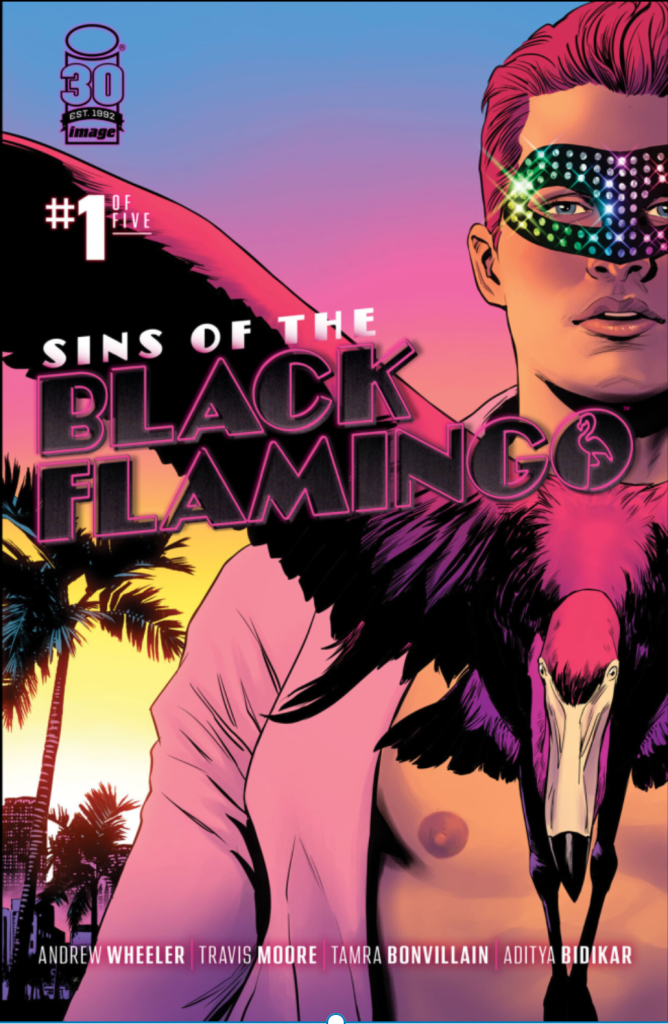

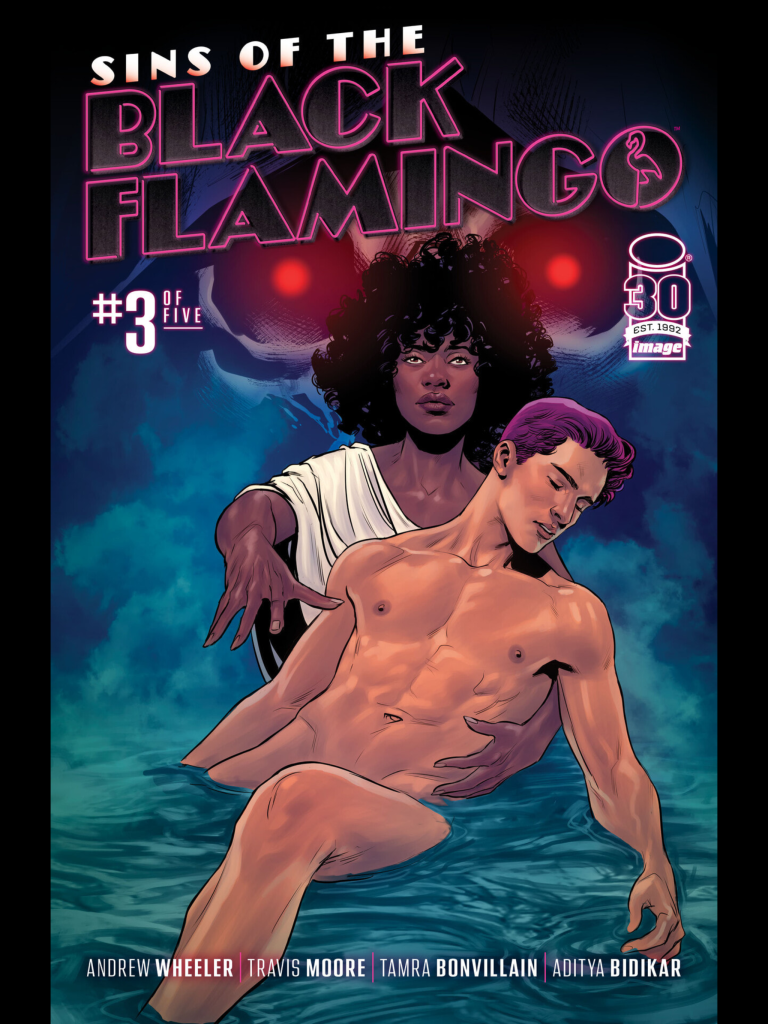
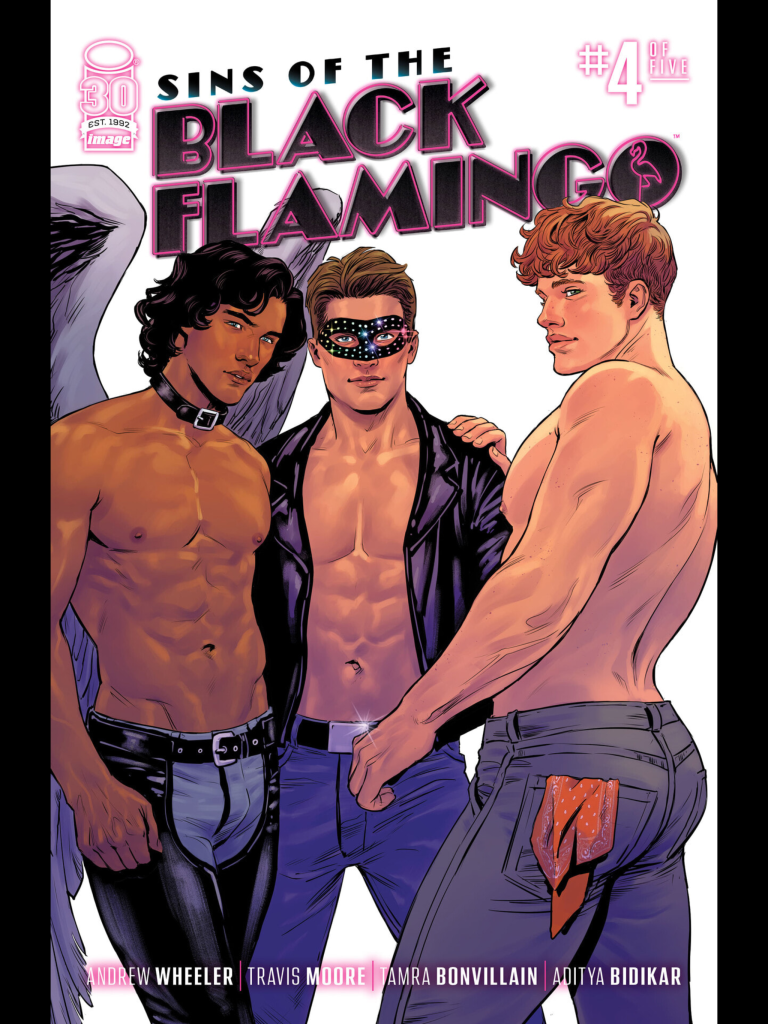
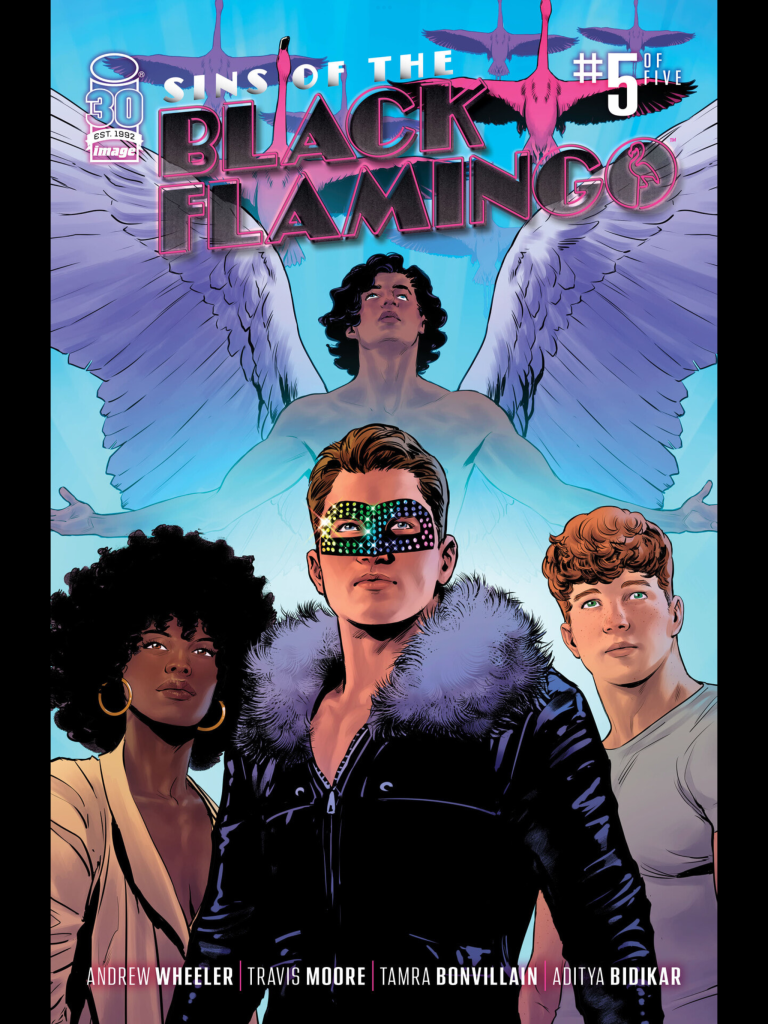
I’ve read comic books for most of my life (in fact, comics are why I bought an iPad in the first place), but I’ve also taken long breaks from them, so am neither an expert nor even a super fan (although I would love to do a crime novel set in and around a comic books store; which could be fun and comical). I remember comics I read as a kid, and have some vague memories of other times when I dipped into the comics world as an adult. My iPad is filled with comics that I’ve never gotten around to reading—but what a lovely long weekend reading them all would make! Or maybe just take the iPad with me on a trip and read comics the whole time?
Anyway, I digress. I do need to do a longer form essay about my comics history while stressing the importance of how little I do know about my beloved comics…maybe for Pride next year, since it would take some serious rereading and research to do properly…and it could tie into one of the books currently in progress…but I am getting away from the purpose of this post: Sins of the Black Flamingo.
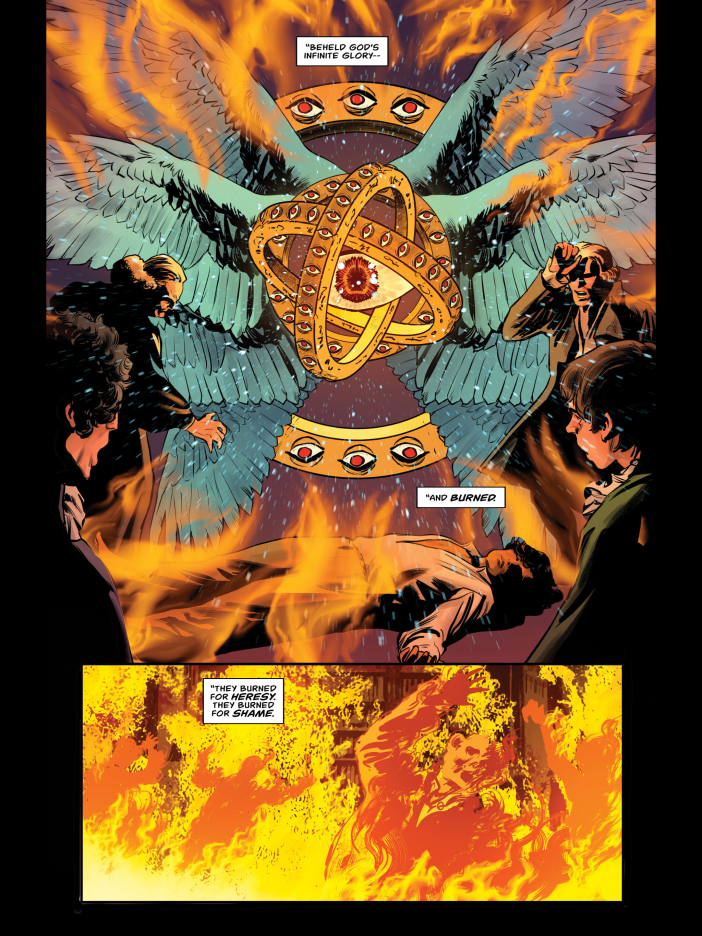
Comic books helped shape me and my tastes. The original DC superheroes I followed were still drawn as ideal men of the past, like the 40s and 50s, big with a barrel torso, and muscular but not defined. DC Comics hadn’t really updated its characters from their early days much; but it was during my childhood at the end of the 60s and early 70s that they began modernizing their comic characters, their costumes, and how they looked—which I also noticed. This was also around the time that men’s bodies became more sexualized, and what was hot and sexy for men began to change. The women super-hero’s costumes also became more sexualized, as were their bodies (the Legion of Super-Heroes ALONE had some of the more revealing sexy costumes. Queer super-heroes (although why I never made the connection about Wonder Woman and the Amazons with their island of women only is a mystery to me) were non-existent and wouldn’t start showing up until the late 1980s and early 1990s—and it’s still a few and far-between kind of thing (the Will Peyton Starman run always seemed queer to me, which I’ll need to explore at another time).
So, you can imagine my delight to find this run with a gay burglar as the main character, who wears a costume and is extremely good at his job (I’ve always had a soft spot for burglars in fiction) and that was why I subscribed to the series. (Still shaking my head at how long it took me to finally read them all, and there was an pretty amazing cliff-hanger at the end of #1.)
But when I was a kid, the characters and story interested me more than the artwork, and even with my love of the characters and stories, I never followed either artists I enjoyed or writers, either. Which is probably not the best way to enjoy them, really; it was a friend who was an exceptional artist and comics fan in the 1980s who made me aware I should be paying attention to the artists and the writers…and I did find some extraordinary comics by looking for artists and writers of books from there on. The two I remember the most from that time are Todd McFarlane and John Byrne.
Sins of the Black Flamingo is self-classified as “occult noir,” which is a term I absolutely love and now can recognize that occult noir is something I absolutely love and probably write…and will most likely explore more in my own work going forward, since I now know what to call it, because supernatural never really fit in the same way and I don’t feel like the books I write are actually full-fledged horror, but occult noir? Oh, hell, yes.
Anyway, the Black Flamingo is the alter-ego of our hero, Sebastian Harlow. The Flamingo is probably one of the top cat burglars in the world (as you may know, I love cat burglars and originally made Colin one in Bourbon Street Blues), and Sebastian is this interesting combination of my two series characters, of all things; he looks and is built like Scotty, with the same approach to sex as he did before he met the boys, but has the dark worldview and cynicism of Chanse MacLeod…so naturally, I was going to be drawn to the character. IN the very beginning of Book One, he is hired to steal something from a right-wing museum—basically a museum dedicated to honoring white supremacy. It isn’t until he steals the item they’ve hired him to find that we learn the backstory behind the item…and a golem named Abel is brought to life, and Abel is hunky AF, I might add.
We also meet Sebastian’s close friend and ally, Ofelia, a Black witch—and yes, this is very much occult noir. The art is fantastic, and done by Travis Moore, with Tamra Bonvillain as colorist, Aditya Bidikar, and editor Andy Khouri, and Andrew Wheeler was the writer.I highly recommend this—if for no other reason than it’s a great gay story with an interesting main character, and who would have ever thought they’d see a gay circuit party within the pages of a comic?
I do hope there’s more adventures in store for the Flamingo in the future. Highly recommended.


